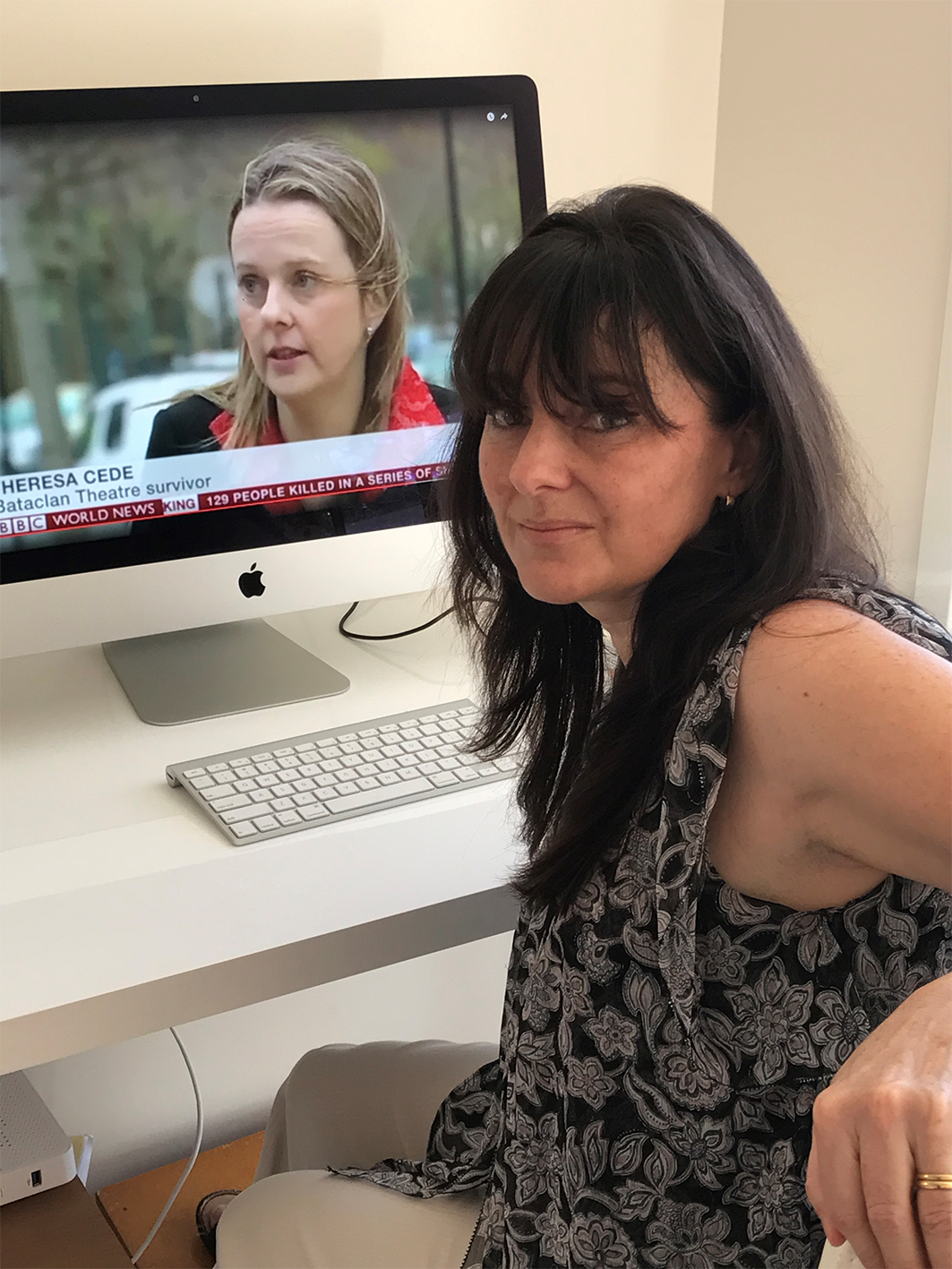The unrelenting parade of disaster and human trauma that moves across our always-on screens may be making us sick.
University of New England (UNE) PhD student Tanya Hopwood has coined the term “Anticipatory Traumatic Reaction” (ATR) to describe a modern psychological illness she believes she has identified through five major studies.
ATR describes a condition that Ms Hopwood believes is brought on by prolonged immersion in the minutely-documented violence, suffering and uncertainty being transmitted through modern communications networks.
The symptoms are not just loss of community morale and increased levels of mental illness, but a tendency to identify more closely with a ‘tribe’, increasing social divisions.
“I’ve found that the constant barrage of media reports and social discussions of disasters and large-scale threats can, in some people, create an irrational and debilitating fear of the future,” Ms Hopwood says.
“People experiencing high levels of ATR develop a sense of impending doom; they may begin planning for a similar disaster, mentally rehearsing their response, and warning family and friends, even stockpiling emergency supplies.”
While many studies had already shown links between media exposure and adverse psychological effects, Tanya became convinced there was something more at play while working as a volunteer for Lifeline in 2014.
“It was around the time that Malaysian Airlines Flight 370 went down and I was taking lots of calls on the crisis hotline from people concerned about the disaster and possible terrorist attacks,” she said.
“There was such an elevated perception of risk, and many people feared the prospect of another 9/11.
“What I was seeing appeared somewhat similar to post-traumatic stress disorder, except that these people were anticipating trauma.”
Fast forward three years, and nearing the completion of her Research Psychology studies, Tanya has found evidence that ATR is a reasonably common condition that affects people in varying degrees.
She believes it may be most prevalent in women, younger adults and people living with mental illness. Risk factors may include higher levels of negative thinking, intolerance of uncertainty, and specific types of empathy linked with personal distress and vivid imaginings.
“It’s a worry that the world is unsafe; a sense that anything could happen at any time,” Tanya said.
“Repetitive feelings of vulnerability, tension or even anger may disrupt everyday life and some people find they literally can’t turn off from the news. In fact, some will seek out more information about what it is they fear, in order to be better able to protect themselves and those they love.”
And it’s not just individuals who suffer.
“ATR might be costly to society in terms of reduced community morale, a deficit of hope, and exacerbated levels of mental illness,” Tanya said.
“I can also see fear causing some people to align themselves more strongly with their tribe and this leading to greater division in society and an increase in behaviours such as racism.”
But Tanya hopes that her identification of ATR may be the first step in helping those who experience it.
Working with more than 700 study participants, she has developed a 20-item scale to measure ATR, which she hopes will guide practitioners working in trauma and social psychology.
“We need more longitudinal research to identify possible ATR treatments, but early indications are that mindfulness and cognitive intervention may be effective,” Tanya said.
Tanya will present her research at the Australian Conference of Personality and Individual Differences in December.


I’m delighted that someone is researching this – may I suggest you publish an article for The Conversation?
Thanks,
Joy
Tanya well done on your research. I am a lecturer and Indigenous psychologist in UNE School of Health. I particularly noted with interest your comment on tribalism and racism based on fear. I continue to maintain a private practice in Quirindi (just down the road a bit), and I am beginning to see kids at our local high school exhibiting anxiety symptoms that originated from news reports about the present sabre rattling going on between the US and North Korea. Of course, within a school environment fear can spread rapidly.
Peter Smith